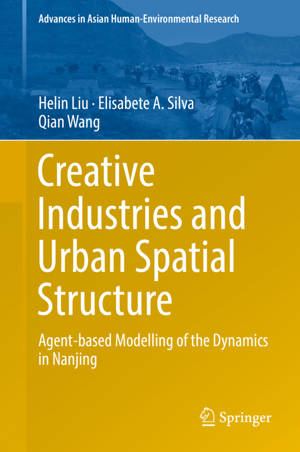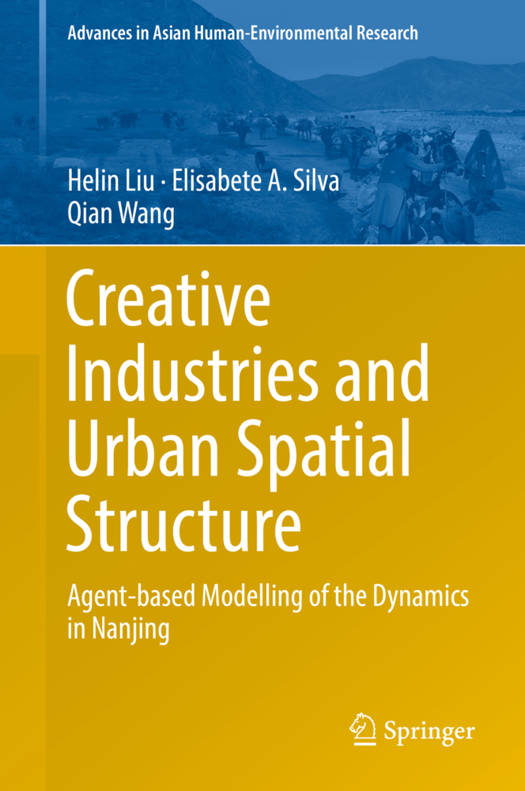
- Afhalen na 1 uur in een winkel met voorraad
- Gratis thuislevering in België vanaf € 30
- Ruim aanbod met 7 miljoen producten
- Afhalen na 1 uur in een winkel met voorraad
- Gratis thuislevering in België vanaf € 30
- Ruim aanbod met 7 miljoen producten
Zoeken
Creative Industries and Urban Spatial Structure
Agent-Based Modelling of the Dynamics in Nanjing
Helin Liu, Qian Wang, Elisabete A Silva
€ 105,45
+ 210 punten
Uitvoering
Omschrijving
This book explores the dynamics of the interaction between the development of creative industries and urban land use in Nanjing, a metropolis and a growth pole in the Yangtze River Delta. In the last two decades, China's economy has been undergoing dramatic growth. Yet, accompanying with China's economic success is the disturbing environmental deterioration and energy concerns. These issues together with the diminution of the advantage of low-cost labour force present many Chinese cities, particularly big cities specialising in manufacturing in the most developed regions, the urgency to find new approaches to "creative China".
As an ancient city featured by abundance of cultural heritages and legacies of heavy industries, Nanjing has been striving for a decade to transform its economy towards a creative economy by cultivating creative industries. In parallel with the flourishing of creative industries are contest for land resources among differentinterest parties and restructuring of urban land use. Both are new challenges for urban planning. This complex process is examined in this book by an interdisciplinary approach which integrates GIS, ABM, questionnaire investigation and interview.
As an ancient city featured by abundance of cultural heritages and legacies of heavy industries, Nanjing has been striving for a decade to transform its economy towards a creative economy by cultivating creative industries. In parallel with the flourishing of creative industries are contest for land resources among differentinterest parties and restructuring of urban land use. Both are new challenges for urban planning. This complex process is examined in this book by an interdisciplinary approach which integrates GIS, ABM, questionnaire investigation and interview.
Specificaties
Betrokkenen
- Auteur(s):
- Uitgeverij:
Inhoud
- Aantal bladzijden:
- 238
- Taal:
- Engels
- Reeks:
Eigenschappen
- Productcode (EAN):
- 9783319166094
- Verschijningsdatum:
- 7/08/2015
- Uitvoering:
- Hardcover
- Formaat:
- Genaaid
- Afmetingen:
- 156 mm x 234 mm
- Gewicht:
- 544 g

Alleen bij Standaard Boekhandel
+ 210 punten op je klantenkaart van Standaard Boekhandel
Beoordelingen
We publiceren alleen reviews die voldoen aan de voorwaarden voor reviews. Bekijk onze voorwaarden voor reviews.











